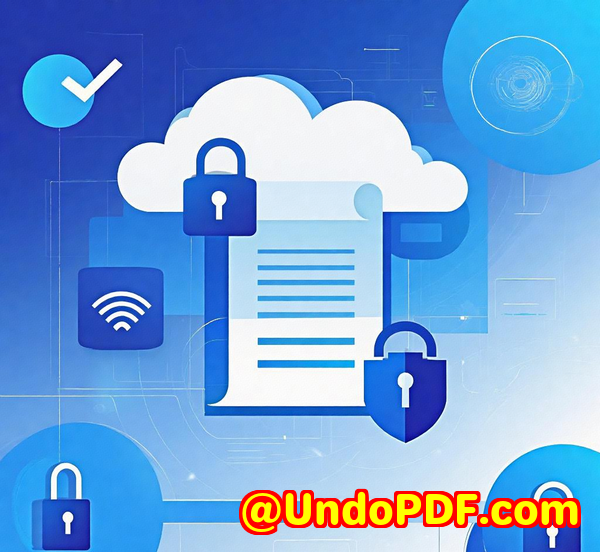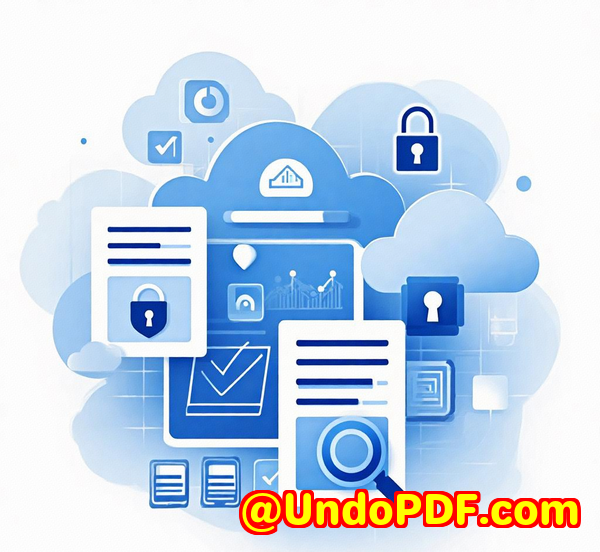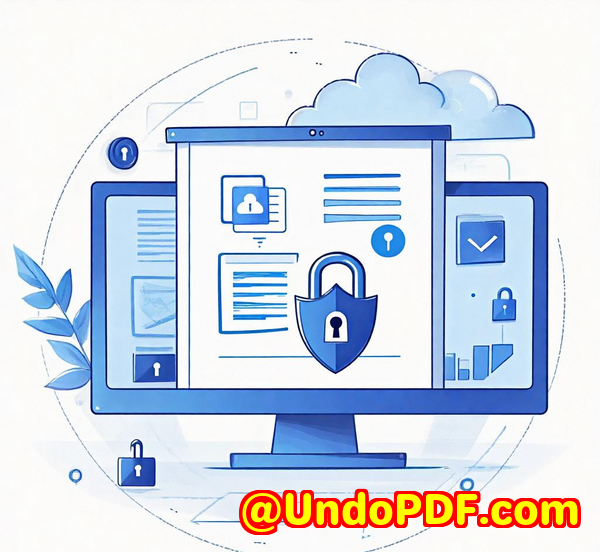Create personalized PDF links with user tracking and expiry settings for better document control
Create personalized PDF links with user tracking and expiry settings for better document control
Every time I needed to send sensitive PDFs out, whether contracts or internal reports, I’d stress about losing control. Once that file leaves your hands, it’s out there forevershared, downloaded, or worse, leaked. The old-school password-protected PDFs didn’t cut it; passwords get shared, files get forwarded, and the next thing you know, your confidential data’s all over the place.

If you’ve ever felt that frustration, you’re not alone. I recently discovered a game-changer called VeryPDF Secure PDF Sharing. It gave me control like never beforetracking who accessed what, locking files to devices, setting expiration dates, and even revoking access instantly.
Let me walk you through how this tool saved me heaps of headaches, and why it might just be the tool you didn’t know you needed for secure document sharing.
Why traditional PDF sharing just doesn’t cut it
I used to rely on emailing PDFs with passwords. But here’s the problem:
-
Recipients forward passwords or PDFs without your knowledge.
-
No way to track who opened or shared the document.
-
You can’t stop someone from printing or copying.
-
Once it’s out, you lose control forever.
In industries like legal, finance, or healthcarewhere confidential documents aboundthis is a massive risk. I found myself constantly asking: Can I trust this document won’t be shared beyond my circle?
That’s where VeryPDF Secure PDF Sharing steps in.
What is VeryPDF Secure PDF Sharing?
VeryPDF Secure PDF Sharing is a SaaS solution designed to help you securely distribute PDFs through personalized linkswith powerful controls built in.
It’s made for anyone who shares sensitive documents: legal teams, healthcare providers, financial advisors, marketing departments, and enterprises handling proprietary info.
Here’s what it offers:
-
Upload any size or batch of PDFs.
-
Create personalized, trackable links for each recipient.
-
Password protection and DRM controls.
-
Set expiry dates or limits on views and prints.
-
Device and location restrictions.
-
Dynamic watermarks to deter copying.
-
Real-time access statistics and Google Analytics integration.
It’s like having a security guard on your PDFs, tracking who’s looking and stopping unauthorized use.
My experience with personalized PDF links and user tracking
The moment I uploaded my files, I could add my company logo to every shared PDF. Branding mattersespecially if you want to look professional when sharing externally.
I started by creating unique links for different users. One link for my legal team, another for a vendor, and a third for a client. Each link tracked views and clicks separately, so I knew exactly who interacted with what.
The user tracking blew me away. I could see:
-
How many times a link was clicked.
-
Which pages held the user’s attention longest.
-
Whether they downloaded or printed the file.
-
What device and OS they used.
This kind of data let me follow up with the right person at the right timeno guesswork.
Key features that made all the difference
1. Expiry settings and revoking access
I loved being able to set expiry rules based on:
-
A fixed date (e.g., contract access ends on 31 Dec).
-
Number of views or prints.
-
Number of days after first access.
Plus, if I ever suspected misuse, I could revoke access instantlyeven after sharing the document.
This gave me peace of mind that sensitive info wouldn’t live forever on someone else’s device.
2. Device and location restrictions
Another game-changer was locking document access to specific devices. It meant that even if someone shared their link or file, the PDF wouldn’t open on unauthorized devices.
On top of that, I could restrict access by country or IP rangeideal for companies with strict compliance requirements or internal policies.
3. Dynamic watermarking
When printing was necessary, I set watermarks that dynamically inserted user info like name, email, date, and time.
This made any unauthorized distribution traceable back to the original viewer, discouraging leaks.
How it compares to other PDF sharing tools
I’ve tried various methods before:
-
Password-protected PDFs? Too easy to share the password.
-
Cloud file sharing? Great for collaboration but lacks DRM-level control.
-
Secure data rooms? Expensive and complex to manage.
VeryPDF Secure PDF Sharing struck the perfect balance of security, usability, and control without overcomplicating the process.
Unlike Adobe’s permissions that can be bypassed, VeryPDF’s solution locks keys to devices and uses AES encryption with no exposed keysmeaning the security travels with the file.
When should you consider using VeryPDF Secure PDF Sharing?
-
If you need to share large PDFs securely without size limits.
-
When you want to track document engagement in detail.
-
If you need to comply with regulations like HIPAA.
-
When controlling printing, copying, and screen grabbing is critical.
-
To protect intellectual property or confidential contracts.
-
If you want quick updates to a document without resending links.
-
When branding and professional presentation matter.
Wrapping up: Why I recommend VeryPDF Secure PDF Sharing
If you’re tired of losing control once your PDFs leave your hands, this tool gives you back that control.
I can honestly say it transformed how I share documents securelytracking views, preventing leaks, and giving me confidence in the process.
If you handle confidential PDFs regularly, I’d highly recommend giving it a shot.
Start your free trial now and take your document security to the next level: https://drm.verypdf.com/online/
Custom Development Services by VeryPDF
VeryPDF doesn’t stop at ready-made toolsthey offer custom development to tailor solutions exactly to your technical needs.
Whether you want specialized PDF processing for Windows, macOS, Linux, or mobile platforms, their experts can build it.
They work with Python, PHP, C++, .NET, JavaScript, and more.
From printer drivers to OCR and barcode recognition, VeryPDF has the expertise to develop utilities and SDKs for document workflows, security, and conversion.
If your project requires a custom PDF or document security solution, reach out to VeryPDF via their support center at http://support.verypdf.com/ to discuss what you need.
FAQs
Q1: Can I track who opens my PDF and what pages they view?
Yes. VeryPDF Secure PDF Sharing provides detailed access logs showing which users viewed the document, how many times, and which pages got the most attention.
Q2: How does expiry work for shared PDFs?
You can set PDFs to expire on a fixed date, after a number of days since first access, after a certain number of views, or prints. Once expired, access is automatically revoked.
Q3: Can I stop users from printing or copying my PDFs?
Absolutely. The tool disables printing by default but allows controlled printing with watermarks and logs each print. Copying and screen grabbing can also be restricted.
Q4: Is it possible to revoke access after sharing?
Yes, you can revoke access instantly for all users or individual users at any time, no matter where the document is stored.
Q5: Can I share PDFs with a password as well as other controls?
Yes. You can combine password protection with DRM controls like device locking, expiry, and usage restrictions for maximum security.
Tags
#SecurePDFSharing #PDFTracking #DocumentSecurity #PDFExpiry #DigitalRightsManagement



